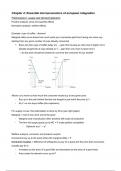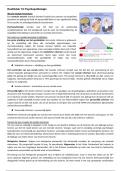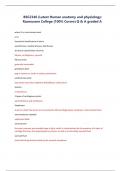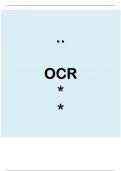Resume
Summary The Economics of European Integration - Economics of European Integration (EC2IEEI) (EC2IEEI)
- Cours
- Établissement
- Book
summary of ALL chapters needed for the exam (1-16) with all diagram explained and added background information and written in understandable language also includes lecture notes worked into the summaries for ALL lectures
[Montrer plus]













